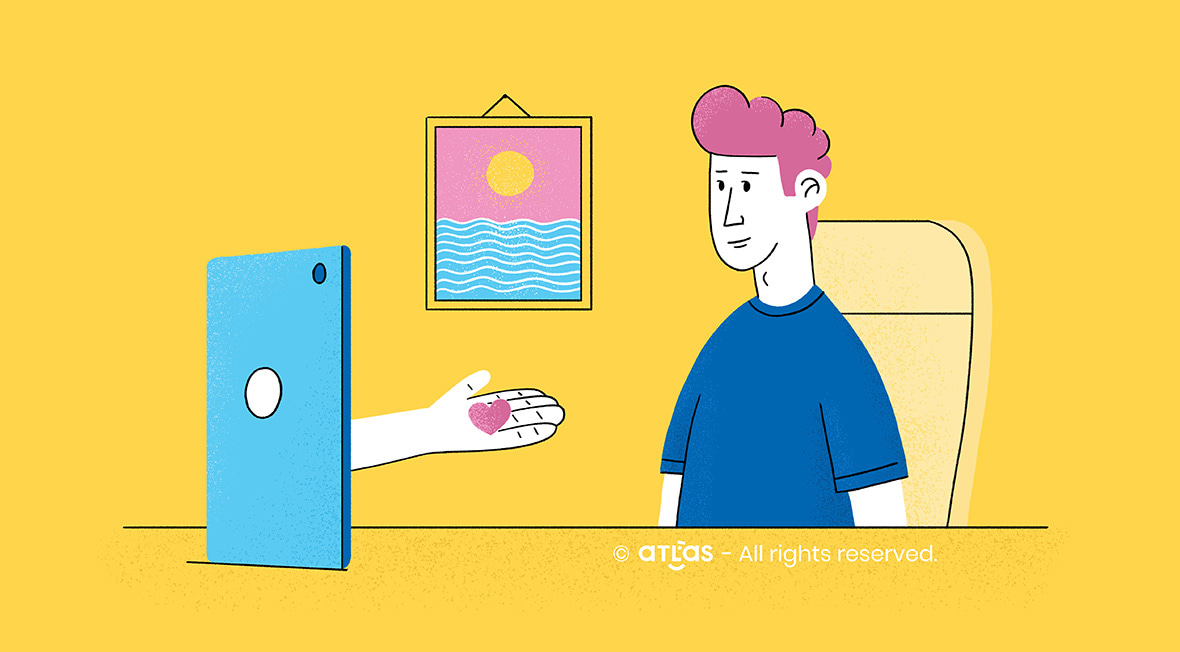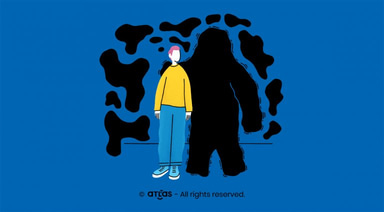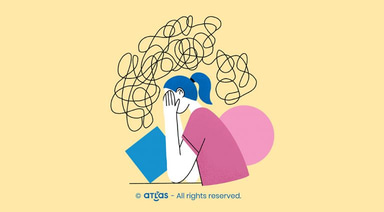Telemedicine. The good sister of medicine as we know it? Half-sister for skeptics? The practical value of telemedicine has become undeniable during these times we are going through.
The pandemic has thrown us online at full speed. Children’s school, work from almost every field, from business meetings to those with grandparents have moved abruptly and compulsorily online.
What is extraordinary is that Telemedicine facilitates, more than ever, in these pandemic times, access to the doctor via the Internet, removing the danger of contamination.
Not to mention the fact that it offers the possibility, especially in the case of chronically ill patients, children, or older people, to solve from isolation health problems of significant diversity and variation, without the imminent risk of non-establishment or non-continuation of treatment.
We need help more than ever; we need to stay home, no matter what medical issues arise—Telemedicine suddenly becomes a helping hand beyond a screen. Telemedicine has a voice through specialists who can offer you a consult in the case of illness and all sorts of conditions that allow it, from home, without doing it at the expense of the medical act.
But how did we get here? A little history…
History of telemedicine
With a history directly related to that of telecommunications – the miracle of sending information at great distances, the telegraph appears not at all shy and extremely useful during the American Civil War. Military medical supplies were requested through it, human deaths were announced, but so many people bet on the fact that since then, the first medical consultations have been possible with the help of the telegraph?.
And when it was almost thought that, “it doesn’t get better than this,” Mr Bell comes at the exact end of the 19th century, with what would fundamentally change the way information was transmitted: THE PHONE. Thus, doctors communicated easily by exchanging information and opinions in anamnesis and diagnosis.
Three, the magic number of moments in telemedicine:
- telemedicine, as we know it nowadays, appeared for the first time in the April edition 1924 of Radio News magazine. In it, a futuristic illustration showed a machine with a TV and microphone, which allowed a patient to communicate with his doctor. The device also included: the use of emotion; temperature indicators.
- the first time when telemedicine was used to transmit video, images, and complex medical data was in the late 1950s and early 60s. The University of Nebraska used in 1959 interactive telemedicine to pass neurological examinations.
- through the 60s and 70s, NASA missions spur redness in the field as their missions in space could not join a doctor.
The time machine is turned to the maximum, and we arrive in the 90s when the video transmission of all that meant medical information shortens the patient’s path to diagnosis and provides an assessment regardless of his situation and geographical positioning. In 1993, in America, is established what is still called the American Telemedicine Association.
Advantages of Telemedicine
Beyond the undeniable benefits of telemedicine during this period, there are also some generally valid for all online consultations:
- no transport costs;
- no need to take a day off work;
- no waiting time;
- an exclusive time dedicated to the patient.
Telemedicine does not come to replace the need for direct contact with the doctor, where the severity of the condition or situation requires it. It helps to facilitate and shorten the road to diagnosis, in conditions where going to the doctor’s office is not necessary or is not possible.
In an overworked and chaotic health system, telemedicine takes its educational role seriously.
In 2018, the Market study on telemedicine, carried out within the European Commission, noted:
The use of telemedicine is determined by both consumers, who are trying to take advantage of technologies that can improve their health and quality of life, as well as through support systems that are interested in providing quality services on a low budget. The need for this kind of services is growing.
About the role of telemedicine, with Hilio!
Hilio goes on to write its story, even at times like these, with significant changes in a specialist – client, physician-patient interaction.
The beginnings that outlined the route were with the thought of a Diaspora that at that time could not have access to certain online psychological counseling services, neither to a permanent connection with the specialist. But today, telemedicine is crying out its advantages in a heightened crisis. More than ever, between option and necessary, is a short path facilitated by Hilio with a lot of involvement.
MIHAI BRAN, primary psychiatrist, co-founder Hilio :
Telemedicine is not a new thing. It’s something some people have been dreaming about since a few decades ago. We at Hilio have been dreaming but also working since 2014. In times of crisis, innovation and adaptability to difficult situations are essential. At such a time, there is now telemedicine, which can help both patients and doctors. It’s an easy way to get a medical act directly from your home through technology. Efficient and properly used can be an essential resource for health systems that will reconfigure after the crisis caused by the COVID-19 pandemic.
Guide to making online sessions more efficient
Hilio recommends:
Doctors or patients, make technology an ally and prepare ahead of time:
- choose the device you’re going to use (phone, tablet, or computer).
- make sure it is fully charged/connected to a power source.
- make sure the camera has good image quality.
- always have something at hand on which you can write down your doctor’s recommendations;
- download the Hilio app with enough time to connect with the specialist you need.
- after downloading the app, pay close attention to Hilio recommendations before going online, and meet the Specialist!
Also, for online consultations, do in advance:
- a list of current symptoms, but try to assess their severity as well;
- a list of chronic diseases, if you have any;
- a list of medicines used for pre-existing conditions, as well as other medicines you use for pain, other minor health problems, etc.;
- if you are advised to go to the emergency room or emergency clinic, be sure to know the location of the nearest hospital/health center.
Connected to the diverse needs of these times we are living, Hilio brings to your home licensed and verified Specialists. The story goes on. Hilio specialists are here all the time if you need help. You can find them just a click away.
Let’s be well!
Hilio



